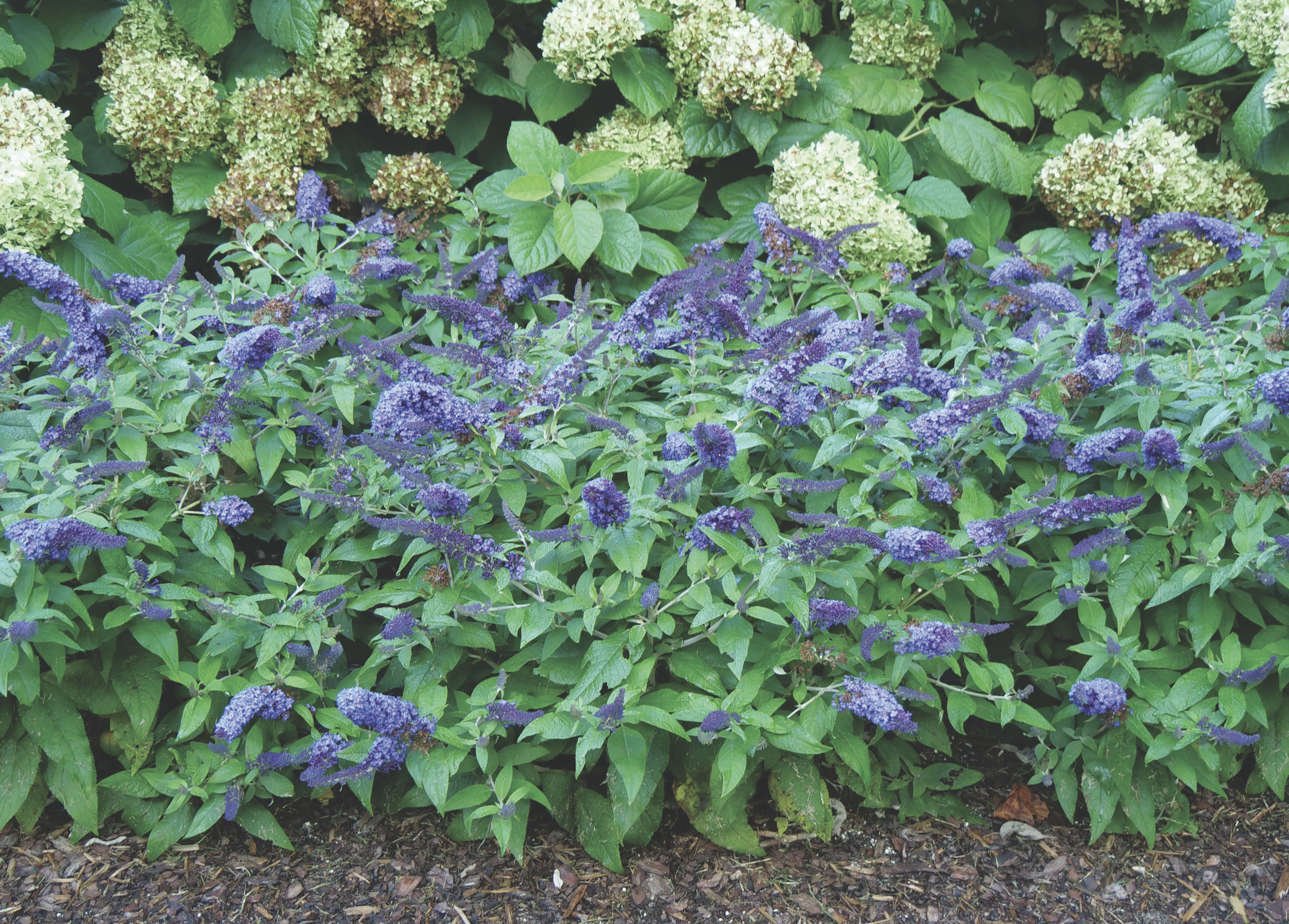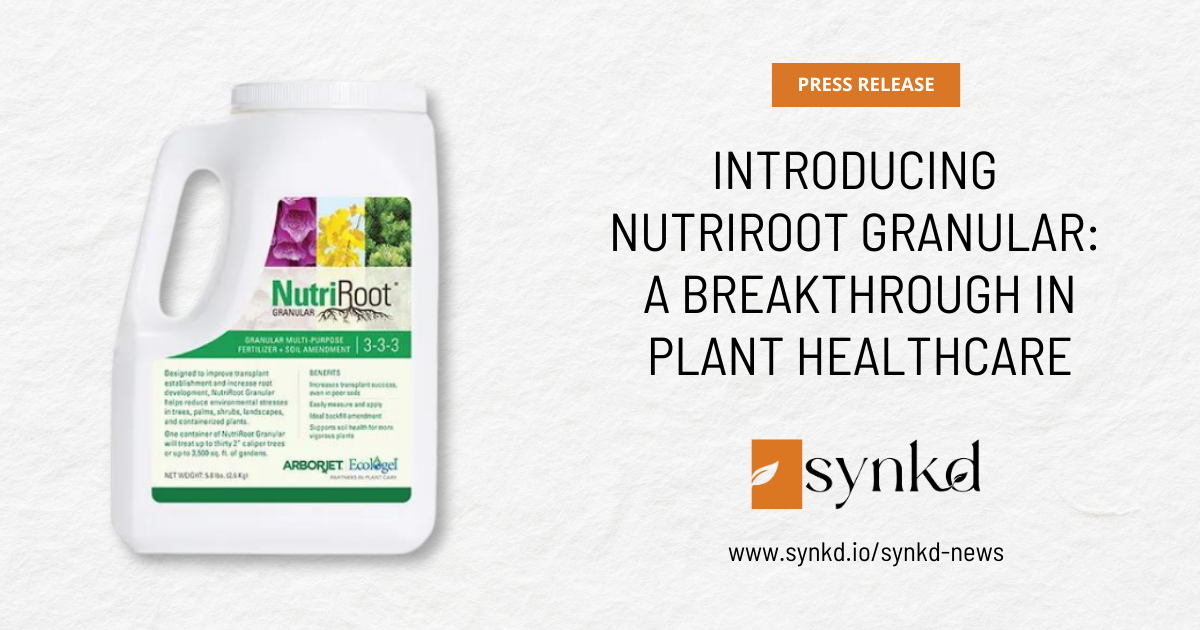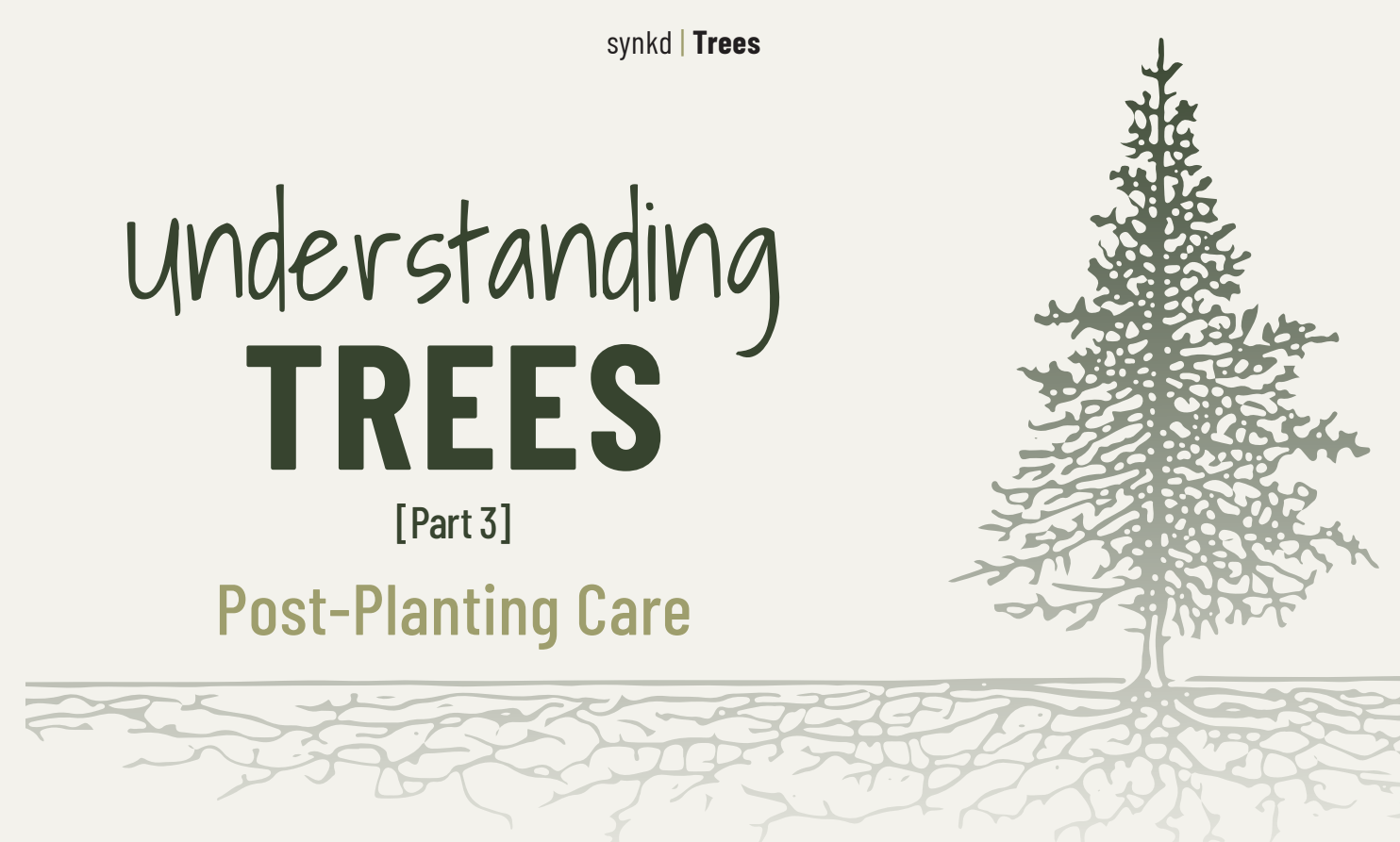The Power of Plant Breeding
Jane Beggs-Joles Talks Us Through the Why, What & How When it Comes to Developing New Plant Varieties
Brooke Inzerella Looks at How He
Can Make His Business More Sustainable,
Starting with the Use of Native Plants
Like a lot of you reading this, I am grateful for the excitement and rush of activity that spring brings. Although we did well last year and were able to stay productive and steady despite the pandemic, I did end 2020 with a nagging feeling that as the owner/operator of a landscape and pool company, I could and should be doing more in the area of sustainability.
One key way to achieve this is through the use of native plants. As the architects and designers of outdoor environments, we can become the catalysts for increasing interest and usage of native plants for the overall health and benefit of our ecosystems. I knew the best way to really implement this type of change was first to identify a few doable, actionable items for me and my team.
I’m aware there are challenges with using native plants in our projects; supply is often weak and our clients usually know what they want and it’s not necessarily natives—it’s generally something they’ve seen on Pinterest or in their own neighborhood. Rarely is it a native fringe tree. That said, we’re going to take small baby steps and move forward.
First, I am recommitting to research and learning. We all have a general understanding of the benefits of native plants: they’re adapted to the local environment, they require less water, pesticides and fertilizers. We know they provide a vital habitat for birds and many other species of wildlife that rely on each other to thrive—and survive. But I admit there is so much more I need to learn to be able to educate our clients with confidence and get them excited about including some native plants in their own green spaces.
"As the owner/operator of a landscape +
pool company, I could & should be doing more
in the area of sustainability."

This year, I’m committing to more research, learning and overall networking with native plants experts—and there are lots of them!
Secondly, I vow to continue what we started and grow upon the momentum. Last year, we implemented more natives than ever. So, this actionable item is to always consider implementing some native plants into our designs. I’ll be the first to admit that a shift like this will not be easy. But at press time, we have already designed our first native butterfly garden of the year, and its success makes it so worthwhile.
Brooke Inzerella is a licensed landscape horticulturist and owner of Horticare Landscape Company in Lafayette, Louisiana.

Jane Beggs-Joles Talks Us Through the Why, What & How When it Comes to Developing New Plant Varieties

Introducing NutriRoot Granular: Revolutionizing Plant Healthcare through Innovative Technology Arborjet | Ecologel, a pioneering leader in plant...

Post-planting care is essential in the quality of life, longevity, and aesthetics of any urban tree. The first five years after planting will...